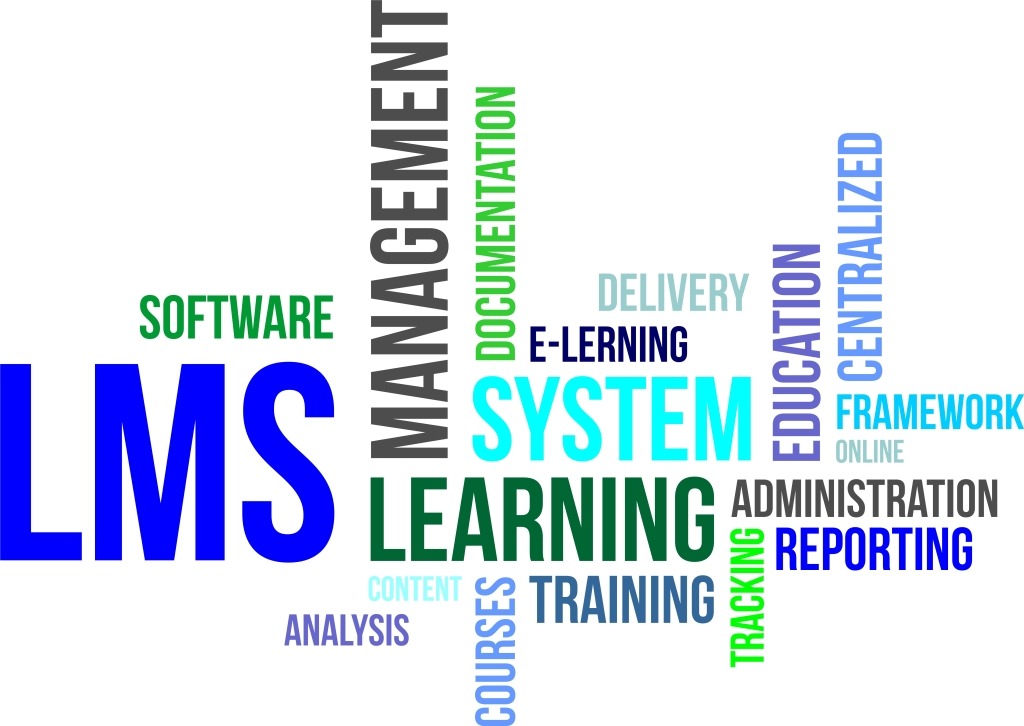
School management system:
A School Management System is an information management system for educational institutions to manage all student’s data. It provides abilities such as registration of students in classes, documenting of grades and analytical marks of each student and other evaluation elements. In addition, an SMS is used for planning students’ curriculums, recording their attendance and managing all student-related needs within a school.
School Management systems vary in size, scope, and abilities, from packages implemented in relatively small organizations to cover student records only, to enterprise-wide solutions, which aim to cover most aspects of the operation of large organizations and their online schools with significant local responsibility. Many systems can be staggered at different levels of functionality, by purchasing additional “modules” and usually formed by their home institutions to meet local needs.
Some of the SMS sovereign vendors can include in their products:
- Maintenance and reporting of student data including family, demographics and other records.
- Processing inquiries from prospective students.
- Manage the admission or registration processes.
- Enrolling new students and activation of online scheduling.
- Managing extra-curriculum activities and/or related services
- Managing Student accounts and processing of financial aid
- Fees & Billing management (billing of tuition fees or other services)
- Monitoring & Registering of notes, remarks, incidents and actions (Educational CRM)
- Managing internal documents and workflows.
- Creating and managing timetables.
- Managing records of exams, assessments, grades and academic progress.
- Providing official grade reports
- Keeping records of absences, attendance & behavior.
- Provision of statistical reports.
- Communicating student data to parents or other person authorized by the student through a portal or via email, SMS or push notification.
- Special education/training.
- Human resources services.
- Accounting and budgeting services.
- Student health records.
- Administration of canteens.
- Transportation management.
SMS usually provide portals for employees, teachers, parents, and students. A single sign-on with systems like Office365 for Education or Google G-Suite are considered almost mandatory features nowadays.
Additionally, SMS are lately fully integrated with external Learning Management Systems such as Moodle LMS. The SMS may be confused with the Learning Management System or the Virtual Learning Environment, where course materials, assignments, and evaluation tests can be published electronically. The reason is that SMS and LMS systems tend to overlap.
We can generally say that SMS cover mostly the administrative part of all processes in an academic institution whereas LMS cover mostly the learning & teaching part of the process.
Few software systems worldwide claim to be both SMS and LMS solutions at the same time (e.g. see Classter).


Learning Management System :
- A Learning Management System (LMS) is a software application for managing, archiving, monitoring, reporting and delivering training courses or training programs. LMSs help the instructor to deliver material to students, manage tests and other tasks, monitor student’s progress and ensure record keeping. The LMSs focus on the online learning but support a number of uses that act as a platform for electronic courses as well as various hybrid forms such as mixed learning. LMSs can be complemented by other learning technologies, such as a training management system for training under the guidance of trainers or a Learning Record Store for storing and tracking learning data.
- An LMS provides and manages educational content and typically handles student enrollment, e-course administration, and student tracking and assessment. Some LMSs help to recognize progress, towards learning or training goals. Most LMSs are online to facilitate access.


